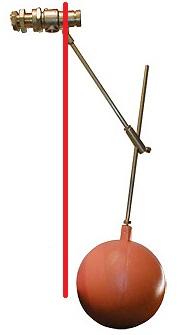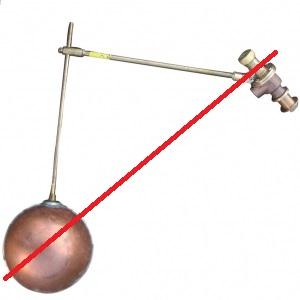Morning all,
Has anyone had a go at this? Specifically, is there an reason why I can't use one or 2 of those cheap 1000 litre liquid cubes (going on Ebay for about £40) instead of a fairly pricey purpose-built tank?
Plan would be to bury the thing(s) and use the top access hole for all purposes (water in from gutters, power and pipe from submersible pump out) except overflow- that would be via a compression fitting cut into the side of the thing with a pipe running up a bit (so the overflow doesn't start flowing till tank level is very near full-sort of a reverse U bend) then down to soakaway.
Output pipe then up to small (50 litre or so) tank in the loft with a float switch to control the pump. If I feel flash I'll run mains cold water up to the header tank as well (with a standard ball valve set to a lower level than the float switch and a valve somewhere easily accessible so that during the long hot summers we get up here the thing doesn't run dry)
Any hepful hints and tips?
Has anyone had a go at this? Specifically, is there an reason why I can't use one or 2 of those cheap 1000 litre liquid cubes (going on Ebay for about £40) instead of a fairly pricey purpose-built tank?
Plan would be to bury the thing(s) and use the top access hole for all purposes (water in from gutters, power and pipe from submersible pump out) except overflow- that would be via a compression fitting cut into the side of the thing with a pipe running up a bit (so the overflow doesn't start flowing till tank level is very near full-sort of a reverse U bend) then down to soakaway.
Output pipe then up to small (50 litre or so) tank in the loft with a float switch to control the pump. If I feel flash I'll run mains cold water up to the header tank as well (with a standard ball valve set to a lower level than the float switch and a valve somewhere easily accessible so that during the long hot summers we get up here the thing doesn't run dry)
Any hepful hints and tips?



